Graphs give the temperature along an x-axis that extends directly through a wall consisting of three layers with different, nonzero and finite coefficient of thermal conductivities. The air temperature on both sides of the wall are different and uniform. Out of the situations as shown by the graph, which is/are impossible?
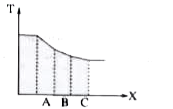
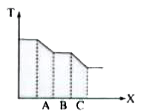
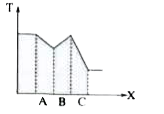
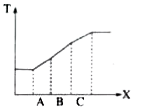
The correct Answer is:B, C, D
Topper's Solved these Questions
- BOOK - AAKASH SERIESCHAPTER - TRANSMISSION OF HEATEXERCISE - ADDITIONAL PRACTICE EXERCISE (LEVEL-II (LECTURE SHEET (ADVANCED)) Linked Comprehension Type Questions (Passage-I)3videos
TRANSMISSION OF HEAT
- BOOK - AAKASH SERIESCHAPTER - TRANSMISSION OF HEATEXERCISE - ADDITIONAL PRACTICE EXERCISE (LEVEL-II (LECTURE SHEET (ADVANCED)) Linked Comprehension Type Questions2videos
TRANSMISSION OF HEAT
- BOOK - AAKASH SERIESCHAPTER - TRANSMISSION OF HEATEXERCISE - ADDITIONAL PRACTICE EXERCISE (LEVEL-II (LECTURE SHEET (ADVANCED)) Straight Objective Type Questions6videos
TRANSMISSION OF HEAT
- BOOK - AAKASH SERIESCHAPTER - TRANSMISSION OF HEAT EXERCISE - QUESTION FOR DESCRIPTIVE ANSWER4videos
TRANSMISSION OF HEAT
- BOOK - AAKASH SERIESCHAPTER - UNITS AND MEASUREMENTEXERCISE - Practice Exercise45videos
UNITS AND MEASUREMENT
Similar Questions
The wall of a house consists of two layers with different thermal conductivity coefficients. The ternpera ture of the outer wall is T1 and that of the inuer wall is T2. Temperature variations inside the wall are shown in the figure. What layer, the inner or the outer, has a higher thermal conductivity coefficient?
View SolutionIf the temperature difference on the two sides of a wall increases from 100∘C to 200∘C, its thermal conductivity
View Solution
Knowledge Check
- Question 1 - Select One
The graph shown gives the temperature along an X axis that extends directly through a wall consisting of three layers A, B and C. The air temperature on one side of the wall is 150∘C and on the other side is 80∘C. Thermal conduction through the wall is steady. Out of the three layers A B and C, thermal conductivity is greatest of the layer
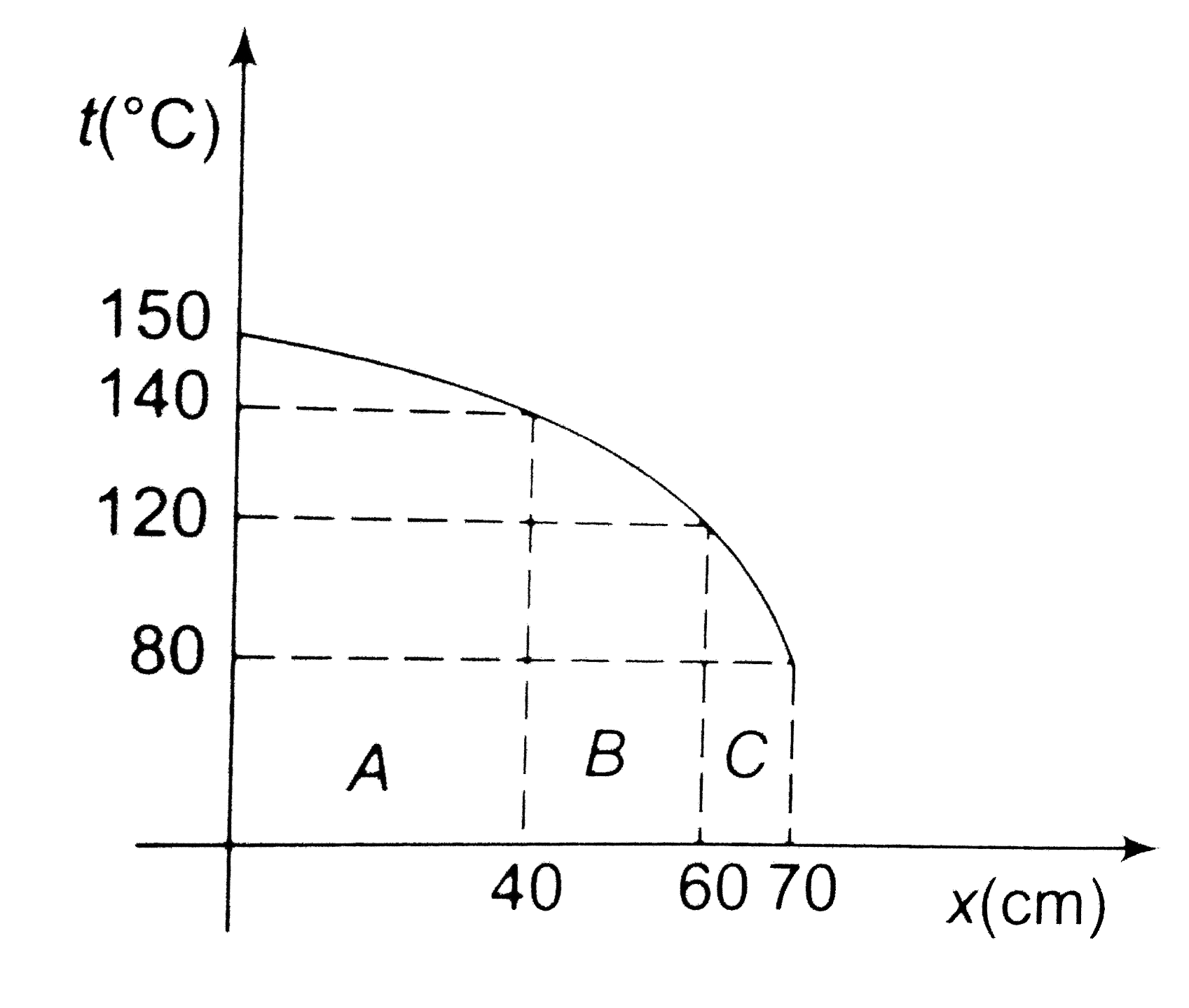 AABBCCDThermal conductivity of A = Thermal conductivity of B
AABBCCDThermal conductivity of A = Thermal conductivity of B - Question 2 - Select One
The graph shown gives the temperature along an X axis that extends directly through a wall consisting of three layers A, B and C. The air temperature on one side of the wall is 150∘C and on the other side is 80∘C. Thermal conduction through the wall is steady. out of the three layers A B and C thermal conductivity is greatest of the layer
 AABBCCDThermal conductivity of A = Thermal conductivity of B.
AABBCCDThermal conductivity of A = Thermal conductivity of B. - Question 3 - Select One
If the temperature difference on the two sides of a wall increases from 100∘C to 200∘C, its thermal conductivity
Aremains unchangedBis doubledCis halvedDbecomes four times
The ends of a long bar are maintained at different temperatures and there is no loss of heat from the sides of the bar due to conduction or radiation. The graph of temperature against distance of the bar when it has attained steady state is shown here. The graph shows (i) the temperature gradient is not uniform.
(ii) the bar has uniform cross-sectional area.
(iii) the cross-sectional area of the bar increases as the distance from the hot end increases.
(iv) the cross-sectional area of the bar becreases as the distance from the hot end increasesView SolutionA well insulated box has two compartments A and B with a conducting wall between them. 100 g of ice at 0∘C is kept in compartment A and 100 g of water at 100∘C is kept in B at time t = 0. The temperature of the two parts A and B is monitored and a graph is plotted for temperatures TA and TB versus time (t) [Fig. (b)]. Assume that temperature inside each compartment remains uniform.
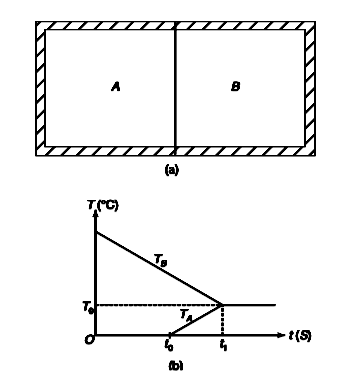
(a) Is it correct to assert that the conducting wall conducts heat at a uniform rate, irrespective of the temperature difference between A and B?
(b) Find the value of time t1 and temperature T0 shown in the graph, if it is known that t0=200s.
Specific heat of ice =0.5calg−1.∘C−1
Specific heat of water =1.0calg−1.∘C−1
Latent heat of fusion of ice =80calg−1View Solution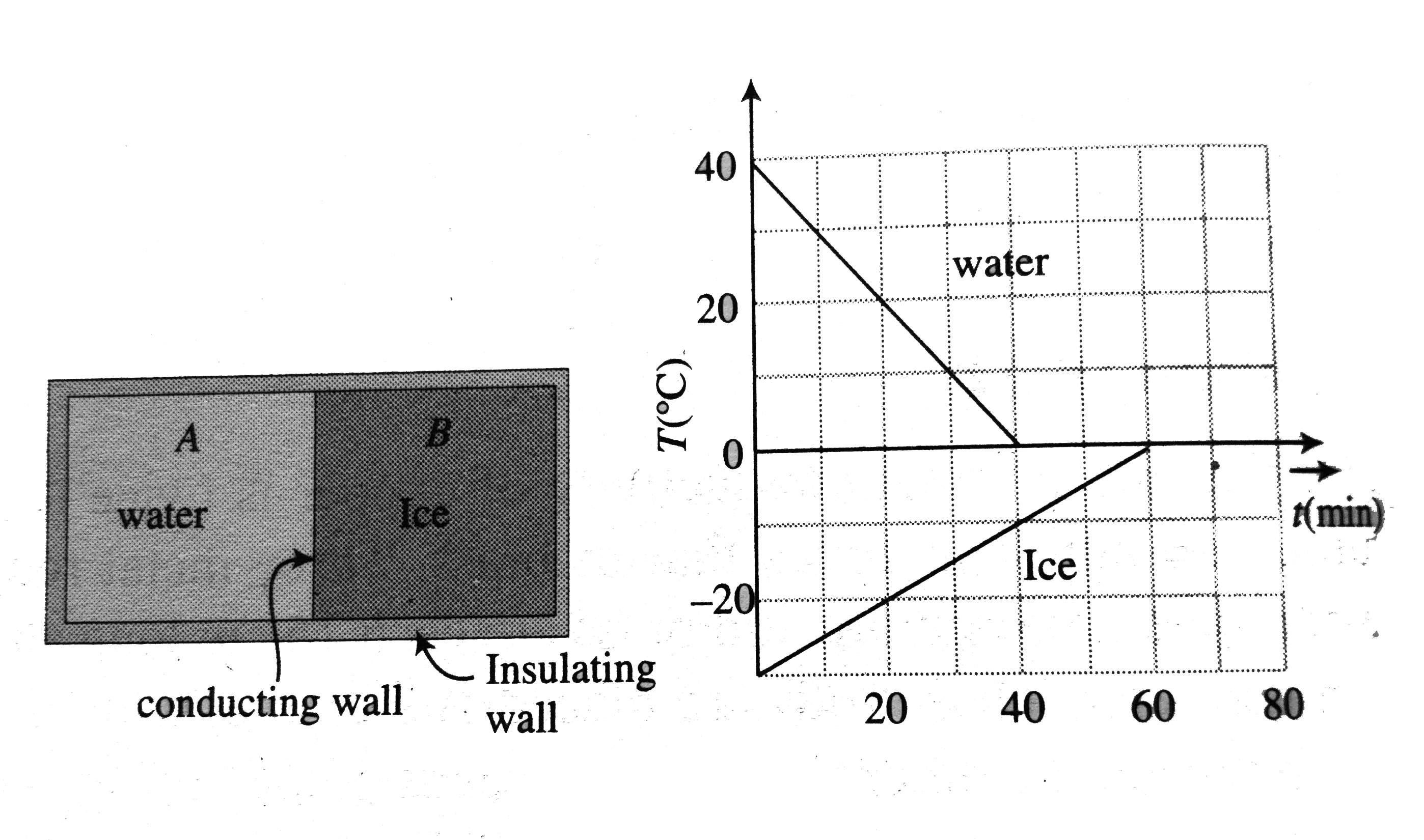
A 0.60 kg sample of water and a sample of ice are placed in two compartmetnts A and B separated by a conducting wall, in a thermally insulated container. The rate of heat transfer from the water to the ice through the conducting wall is constant P, until thermal equilibrium is reached. The temperature T of the liquid water and the ice are given in graph as functions of time t. Temperature of the compartments remain homogeneous during whole heat transfer process. Given specific heat of ice =2100J/kg−K, specific heat of water =4200J/kg−K, and latent heat of fusion of ice =3.3×105J/kg.
Initial mass of the ice in the container equal toView Solution
A 0.60 kg sample of water and a sample of ice are placed in two compartmetnts A and B separated by a conducting wall, in a thermally insulated container. The rate of heat transfer from the water to the ice through the conducting wall is constant P, until thermal equilibrium is reached. The temperature T of the liquid water and the ice are given in graph as functions of time t. Temperature of the compartments remain homogeneous during whole heat transfer process. Given specific heat of ice =2100J/kg−K, specific heat of water =4200J/kg−K, and latent heat of fusion of ice =3.3×105J/kg.
The value of rate P is?View SolutionA wall has two layers A and B each made of different materials. The thickness of both the layers is the same. The thermal conductivity of A, KA=3KB. The temperature different across the wall is 20∘C in thermal equilibrium
View Solution

